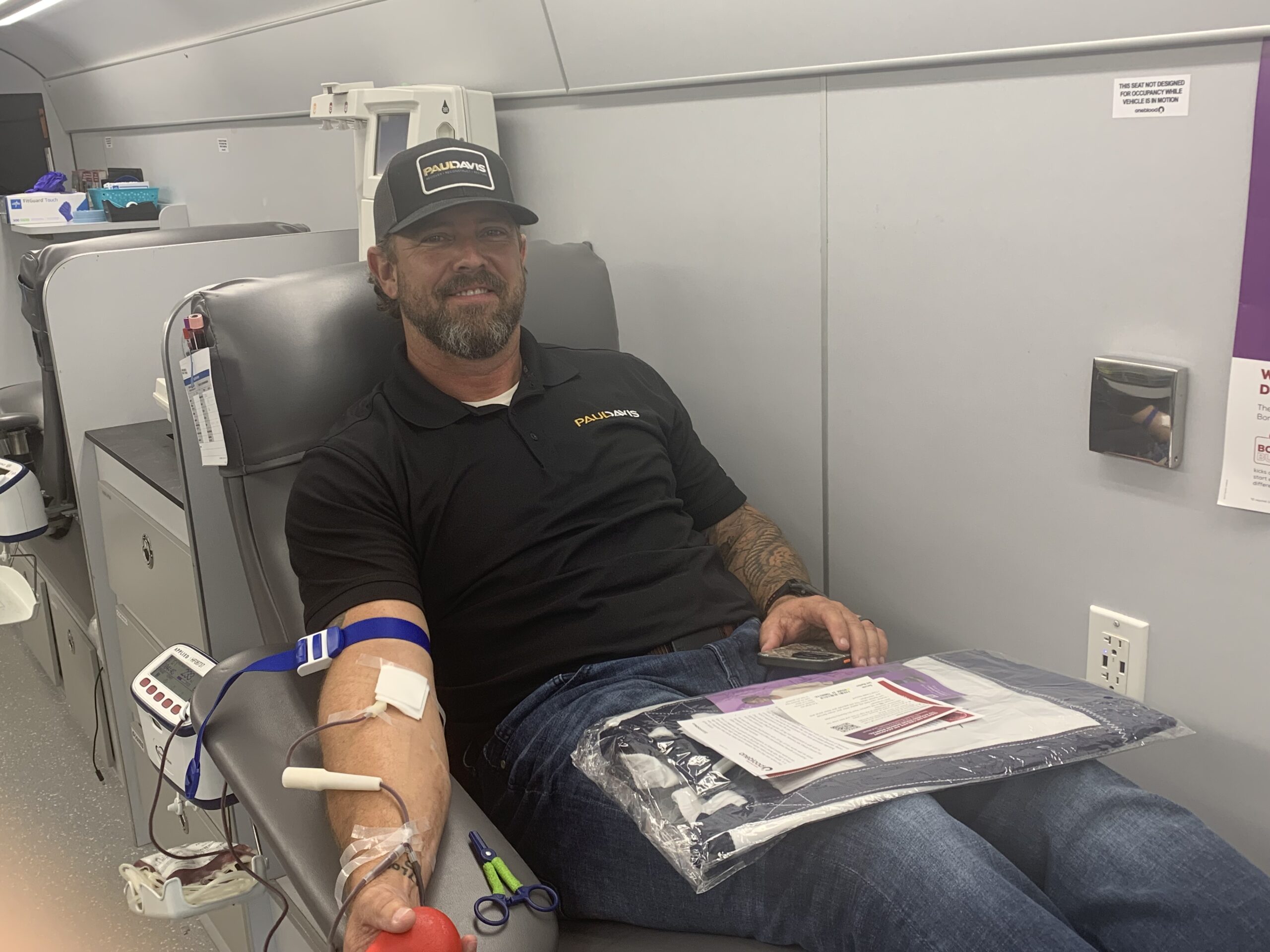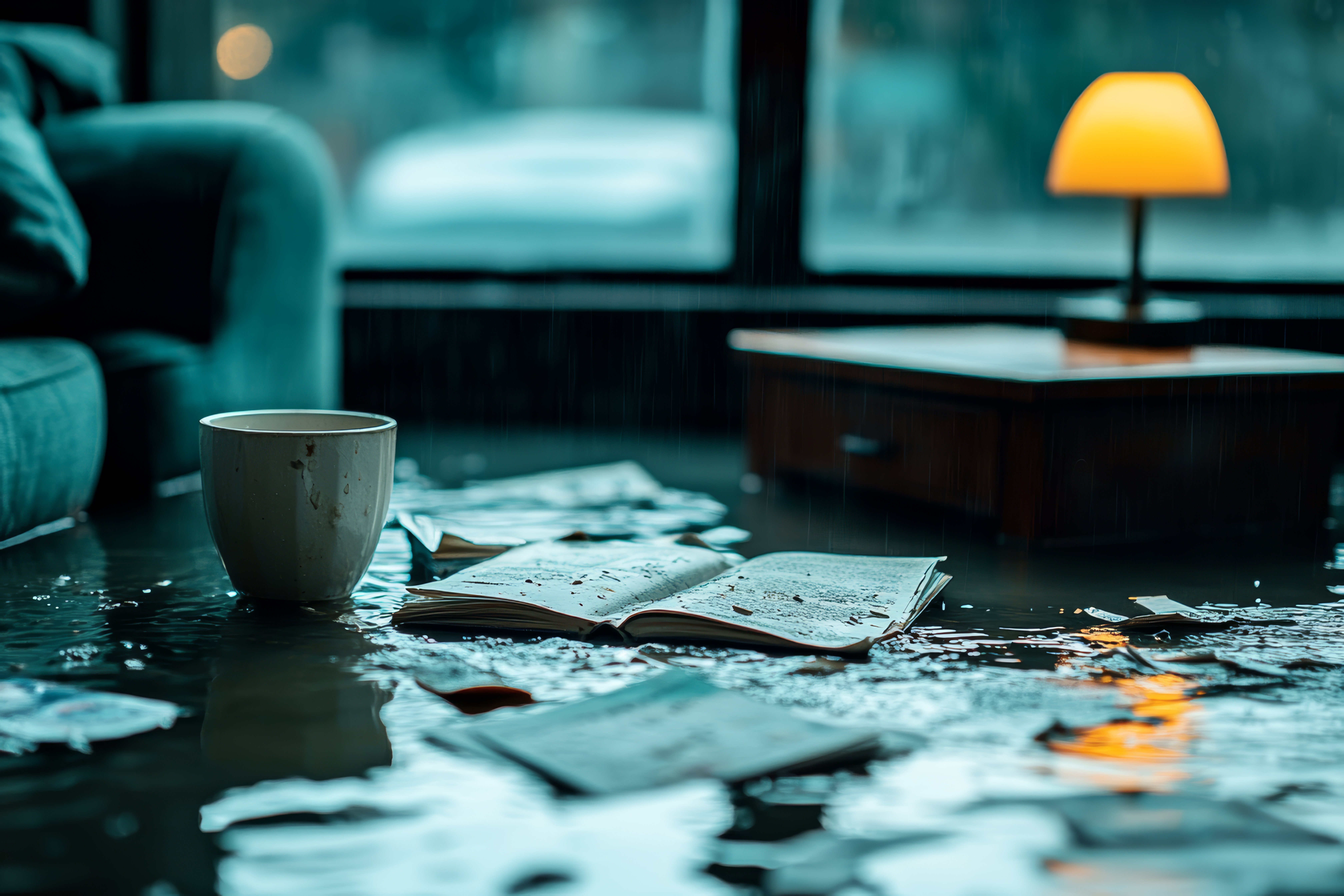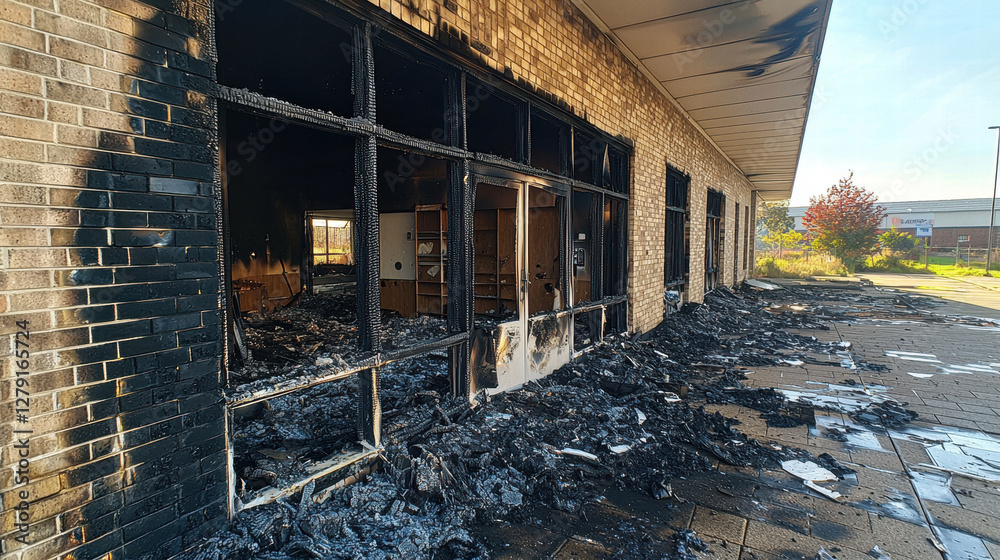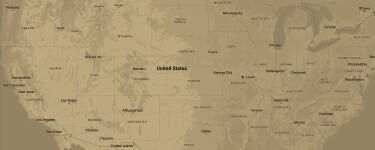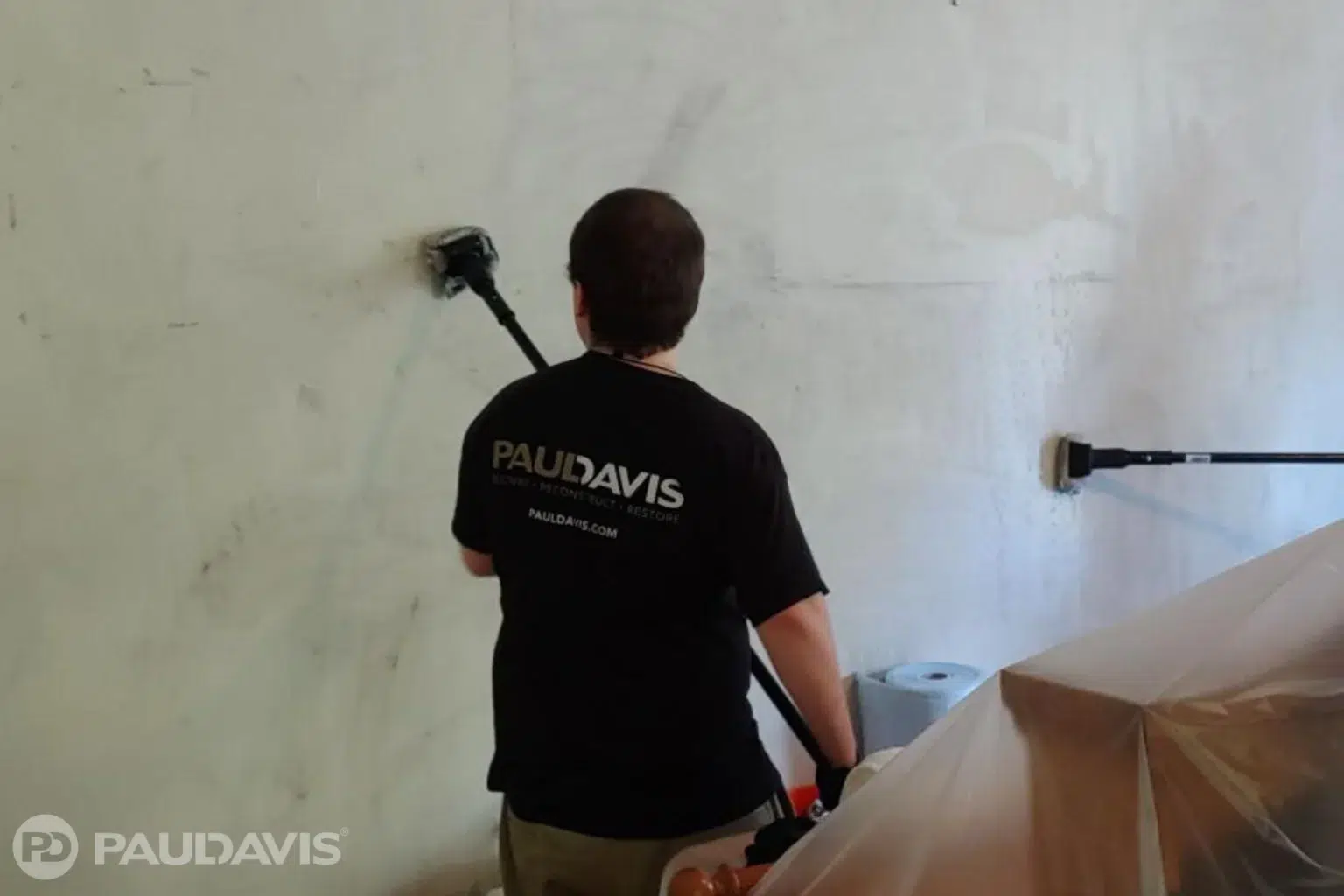
Furnaces are mostly out of sight, out of mind. Tucked in the basement, their operations are automated. We lack mechanical skills to tinker with today’s modern units ourselves, so experts clean them annually without our assistance. If our furnace keeps the place warm, we don’t pay much mind beyond ensuring they are fueled.
Sometimes, however, furnaces make us sit up and take notice because they spew greasy black soot into our living spaces. “Puff-backs can happen with any home heating system – oil and gas furnaces, boilers and water heaters – though they are most likely in oil systems,” explains John Gugliotta, President, Paul Davis of Boston South, Boston Metro West, and Rhode Island, Massachusetts. “They occur when the burner doesn’t ignite right away, instead allowing oil or fumes to build up in the burner chamber.” When the burner finally ignites, the oversize burst of combustion forces soot out of the unit into living spaces and onto materials, furniture, walls and possessions. Puff-backs also can damage the furnace itself, even disconnecting exhaust outlets and furnace stacks.
Puff-backs may be one large, inky burst – spewing a visible cloud of soot in a single incident – or many small, less detectable bursts in repeated incidents. How can owners prevent puff-backs? First, ensure your furnace maintenance is up to date; forgoing the annual cleaning and adjustment process increases the chance of combustion problems. Second, be alert for strange odors, noises, leaks, debris or soot around the unit. Does the furnace light with a bang or thump? Do you smell fuel when the unit is running? Do you see rust flakes on the floor around the furnace door? Anything out of the ordinary is a good reason to call your heating contractor.
What do you do if you suspect or know your furnace is experiencing puff-backs?
- Shut off the unit to prevent more damage. Exit the building if there is any suspicion of fire or carbon monoxide.
- Minimize your exposure to the soot. Not only can soot’s tiny particles lodge deep in lungs, causing inflammation and irritation, this sticky black grime may contain carcinogenic or toxic chemicals.
- Take photos or video to record evidence of damage for your insurance carrier.
- Contact a full-service restoration company like Paul Davis to remove the soot and clean all items affected by exposure.
“Don’t wait to call us,” urges Gugliotta, who reiterates that proper maintenance and timely replacement are the two biggest ways to prevent puff-backs. “Soot has chemicals that degrade and quickly ruin possessions, particularly valuable and sensitive electronics. Vacuuming and wiping won’t remove it. A trained team using state-of-the-art products is your best choice after a puff-back blackens your surroundings.” To reach Paul Davis call 888-244-9840.

